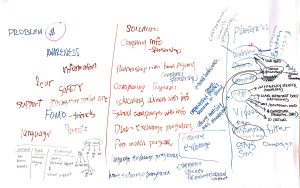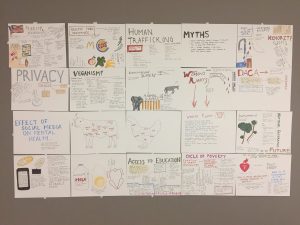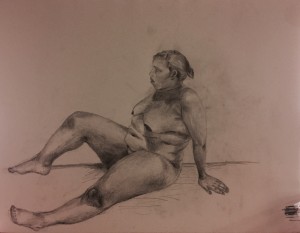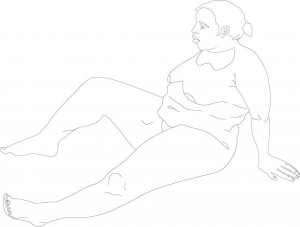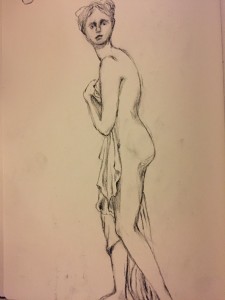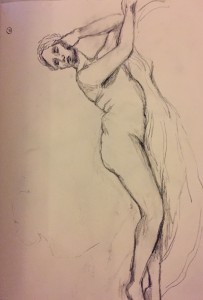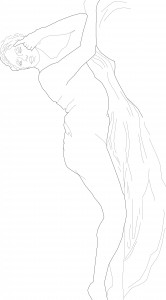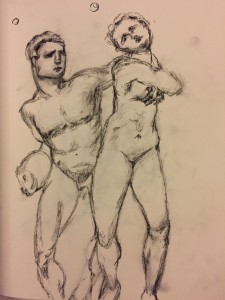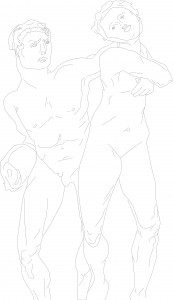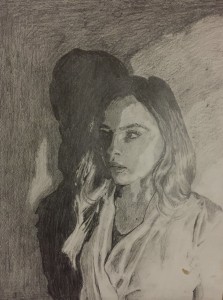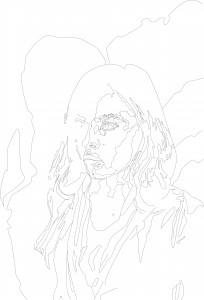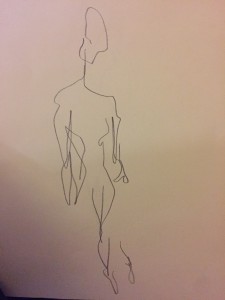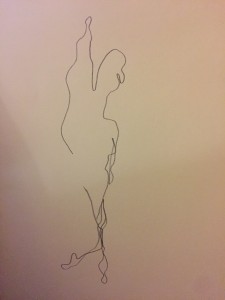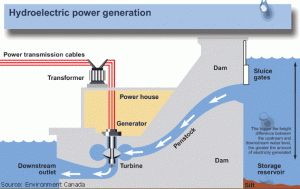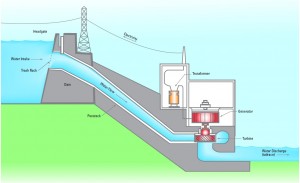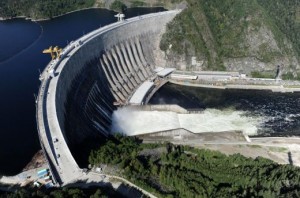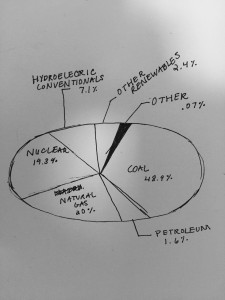Overall, my team and I are extremely proud of everything we were able to accomplish with this project. I believe that we were able to accomplish the best possible result. I had a great time working with my team. We were able to get along really well and work together really well, and in the end ended up with something we are very proud of. I especially loved the interface videos Siah and Alex put together during the presentation as well as the design of the book and how all of the pieces fit together so nicely in the end.
Author: feiei184
Beginning our Final Result
At this stage we have the majority of all content. We are now in the process of putting all of our work in the book and creating a cohesive design story. We have at this point completed all text, interviews, surveys, research etc. Alex is finishing up the platform interface design as well. We are at the stage of collecting compelling images to evoke an emotional response from viewers. Siah and Rachel are working on the final design, and have completed the above. It is finally starting to come together and I am very pleased with what we have done.
Initial Presentation – Exploring Education in the U.S.
Above is our initial presentation based on our narrowing down of topics. We began with three possibilities, the exploration of the study abroad experience/ gap year experience and it’s stigma in the U.S., the refugee crisis and consumer online privacy. Although all topics are very important to us, we settled on study abroad/gap year as we felt we could find a solution to the issues at hand. The initial presentation explored issues and solutions, collected initial research and basically put our ideas in a concise visual.
We have now begun our primary research stage. We have conducted many interviews – with high school students, professionals which work in study abroad programs, guidance counselors etc. We have also conducted a survey inquiring American students about their current views on studying abroad and taking a gap year. In order to best establish a solution to the lack of students studying abroad in the U.S., we must first understand our audiences needs, fears, desires, and current beliefs. Our final book design is being established as well, with a logo and color story.
Brainstorm Drawings
This week we worked on the 20 page brainstorming activity. I believe that this was essential to the development of our final topic. Without this process it would have been much more difficult to pinpoint something I am passionate about. Many times, when thinking on the spot, you do not realize all of the things that are important to you or all of the changes you believe should be made in society. By listing out, drawing, exploring all of the different places your work could take you, without any pressure, you end up coming up with a plethora of ideas.
Gesture/Blind Contour Drawings on Adobe Illustrator
Hydroelectric: How Free is it’s Power?
Hydroelectric energy is the process of creating energy through water. Falling water turns a turbine, which then turns a part of the generator and creates electricity. A damn is constructed near an area with a large drop in elevation. The damn stores large amounts of water in the reservoir, the water flows through the penstock and a turbine propellor is turned by the moving water and the energy collects to a generator. Power lines are connected to the generator which carries electricity to homes.
“China is the largest producer of hydroelectricity, followed by Canada, Brazil, and the United States (Source: Energy Information Administration)”. Hydropower represents 19% of total electricity production.
Some pro’s of the use of Hydroelectric Power are that fuel is not burned so there is minimal pollution, water to run the power plant is provided by nature, it plays a major role in reducing greenhouse gas emissions, there is a relatively low operations and maintenance costs, the technology is reliable and proven over time and it’s renewable. In comparison, coal and oil fuels use up valuable and limited natural resources and produce a lot of pollution and present waste disposal problems.
Cons of the Hydroelectric system are high investment costs (“In 2014 Russian US invested $2.6 billion to help put 3,000-M-W Boguchany hydroelectric power plant online”), dependent on precipitation, can cause inundation of land and wildlife habitat, can cause loss or modification of fish habitat, fish entrainment or passage restriction, can cause changes in reservoir and stream water quality and can cause displacement of local populations.
“In May 2015, Earthquakes and landslides exposed Hydropower Vulnerability in Nepal. The vulnerability was hinted at during last year’s monsoon as a devastating landslide on Aug. 2 put five hydroelectric power plants out of commission, taking 66.5 megawatts of generation out of our national grid. This loss added one and a half hours of extra daily brownouts – periods when grid managers shut down some power to avoid bigger blackouts”. This is why the geography of Hydroelectric Power Plants is important. Natural disasters put nations at risk when they destroy the power plants.
http://water.usgs.gov/edu/wuhy.html
http://brightmags.com/how-does-hydroelectric-power-work/
http://www.eia.gov/beta/international/
Newspaper Sources:
http://www.hydroworld.com/articles/2014/12/russian-us-2-6-billion-investment-helps-put-3-000-mw-boguchany-hydroelectric-power-plant-online.html
The Importance of Categories and Tags
By the end of your first semester, you will have posted a lot of content to your learning portfolio. One of the challenges for you, your instructors, potential employers, family and friends will be sorting through it all. The Courses and Topics menus based on categories and tags, the tag list, your post titles and the search box are all ways of finding things in your portfolio, but Categories and Tags are the two most important. Both help you reflect back on the work, but they also give visitors a way to understand the relationship that exists across the images, text, videos, and other content that you’ve created in the various projects, classes, or years at Parsons.
As mentioned elsewhere, Categories and Tags are two means of aggregating and presenting related content in your portfolio. Your learning portfolio comes pre-populated with categories for each of the courses you will be taking in your first year at Parsons. It also come pre-populated with over 60 tags for you to use, but you can create new ones at any time. Log into the Dashboard of your learning portfolio to see the full list of categories and tags. You will find both under the Posts tab.
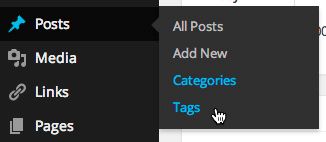
So whenever you make a post, be sure to assign a category for the relevant course and year and add relevant tags that might be thematic or as specific as the name of the course project the post relates to. For example, your final project in Space & Materiality might require you to develop a proposal, preliminary sketches, some historical or technical research, a prototype and a final product. These might be uploaded in separate posts, each of which could be tagged as Space Final Project. To find them all, one would simply click on the tag in the tag list or at the bottom of one of the posts to pull them all together under the heading of Posts Tagged “Space Final Project”.
This post has been assigned the tag of LP Instructions. You’ll see the tag at the bottom of the post, in the sidebar and in the footer. Click on it in any of the three locations to see what happens. On the first day of the semester, the result will look a lot like the homepage—four posts about the learning portfolio—but over time, these posts will get buried amongst all of the other content you’ll be posting to your portfolio. To find any of them, all you’ll need to do is click on the LP Instructions tag.
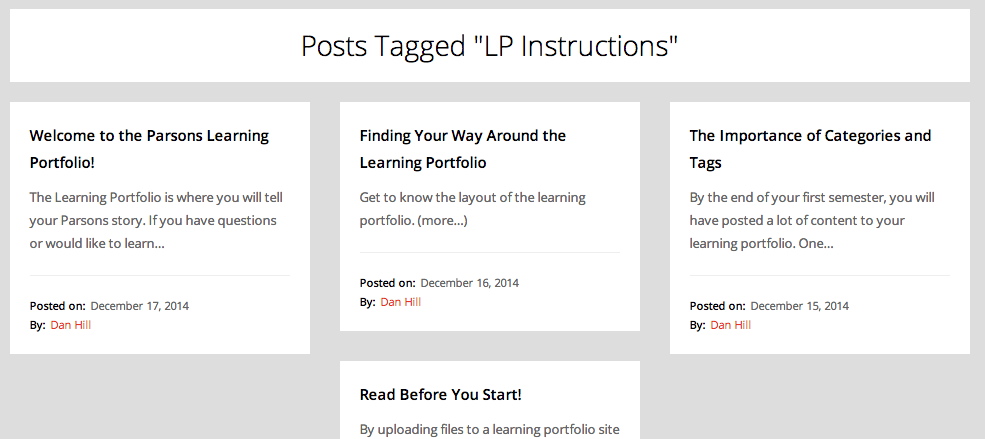
Wouldn’t it be nice to be able to do that for each of your projects or themes you’ll be exploring?
Though less selective, the search box is another way to find things in your portfolio. You will get much better search results if you put some thought into giving each post a concise but descriptive title.
- More information about categories and tags can be found here.
Finding Your Way Around the Learning Portfolio
Get to know the layout of the learning portfolio.
Theme
The WordPress theme used by the learning portfolio is called Tetris – Newschool.edu. Continue reading Finding Your Way Around the Learning Portfolio
Welcome to the Parsons Learning Portfolio!
The Learning Portfolio is where you will tell your Parsons story. If you have questions or would like to learn more about the many ways you can design your portfolio, be sure to visit the Student Resources + Support site at portfolio.newschool.edu/studentsupport. But before you do, be sure to read the About pages under Courses and Topics in the menu bar and in the Links section of the footer, as well as the other three posts found on the homepage.
As a student at The New School, you can create as many blogs as you wish. But when you first registered for your Learning Portfolio at portfolio.newschool.edu, a portfolio/blog was created for you with your Net. Id. at the end of the URL, e.g. http://portfolio.newschool.edu/YourNetId. Hopefully, that’s the blog you’re reading right now. Have a look at the address bar for confirmation. It’s important that you use that blog—that URL—as your Learning Portfolio. It makes it possible for your instructors and classmates to find your Learning Portfolio. To learn about privacy settings, see the Help menu.
The Learning Portfolio is a tool with which you will engage throughout your education at Parsons (and perhaps beyond). The focus of the Learning Portfolio is on reflection, on looking across your many courses and semesters and the various assignments and projects throughout the curriculum. The portfolio is a way for you to examine your own progress and performance, to share your work with others, and to tell a story about your time on campus (New York, Paris, and elsewhere).
Read Before You Start!
By uploading files to a learning portfolio site to share with others, students are declaring that they created the content or that they have the right/permission to distribute this material within a class (in the case of Canvas) or on the Internet (in the case of uploading to a learning portfolio site). Should you have any questions about how to acquire this permission or your use of the materials, please see the Copyright & Citation tab on the Library’s Images for Designers and Art Researchers page or email ereserves@newschool.edu.
